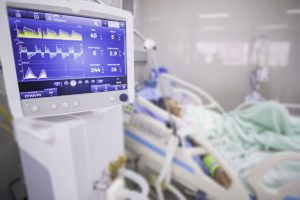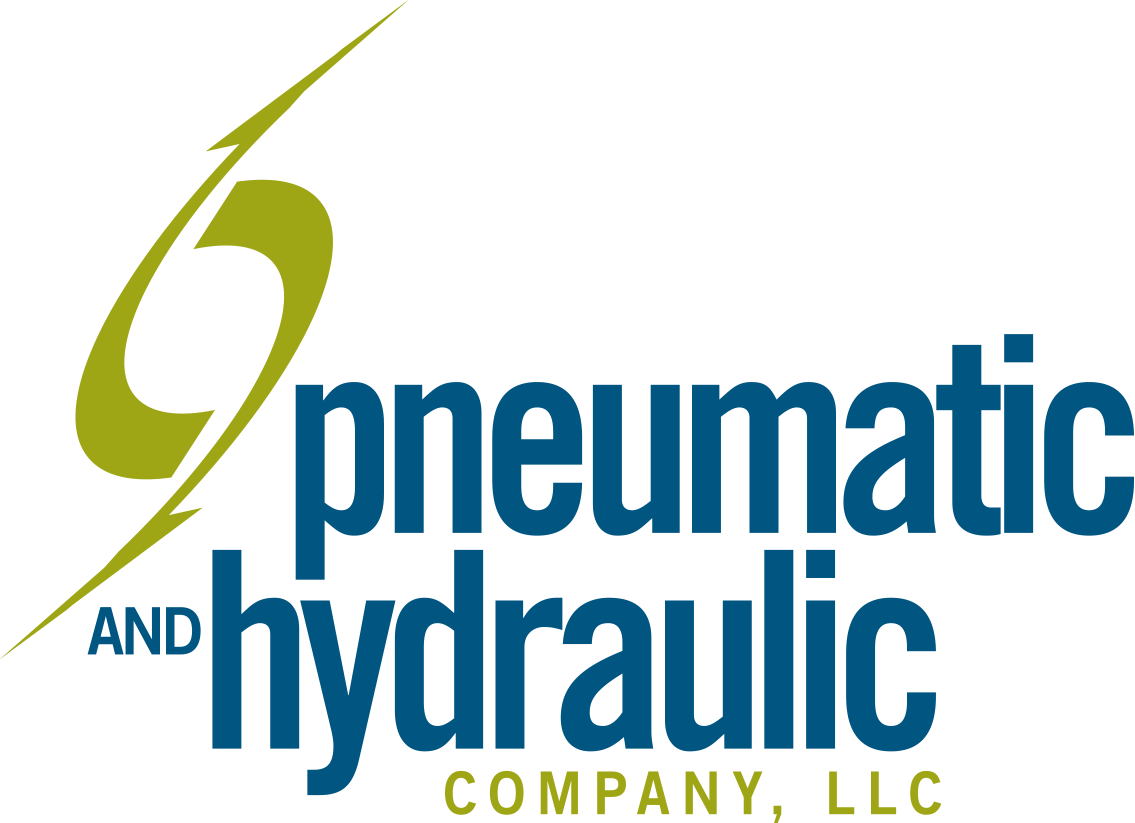 Medical-grade compressed air is used in just about every area of a hospital. It’s administered to patients who need inhaled medications, anesthesia, oxygen for patients under anesthesia, for treatment of respiratory conditions, and to power ventilators which has become even more necessary with the surge of COVID-19.
Medical-grade compressed air is used in just about every area of a hospital. It’s administered to patients who need inhaled medications, anesthesia, oxygen for patients under anesthesia, for treatment of respiratory conditions, and to power ventilators which has become even more necessary with the surge of COVID-19.
Medical Air refers to a clean supply of compressed air used in hospitals and healthcare facilities to distribute medical gas. It needs to be free of contamination and particles, have no oil or odors, and must be dry to prevent water buildup in your facility’s pipeline. When a patient is in any emergency or non-emergency operating room, a surgeon relies on a medical air compressor to keep the patient comfortable and breathing. Medical air sources are connected to the medical air distribution systems used only for air in the application of human respiration and calibration of medical devices for respiratory application. Besides the use of medical compressed air for medical gas and breathing, medical instrument air is compressed air purified to an appropriate safety level to meet the requirements of the Instrument Society of America and the NFPA
In medical facilities, compressed air is delivered through pneumatic systems and used heavily in oxygen concentrators, infusion pumps, wound therapy, blood analyzers, pressure cuff devices, medical bed surfaces, breathable gas delivery systems, and anesthesia devices. All these devices use some type of gas to control their functions.
To bring in medical gas, it must come from a source. Source equipment includes the pumps, compressors, manifolds, and bulk containers that provide or create medical gases in the hospital piping system. Source equipment may have multiple pieces of hardware to filter, pressurize, clean, dry, or regulate the gas to provide a clean and safe pressurized medical gas that meets NFPA required pressure and volume rates at each medical gas terminal.
With the medical field constantly advancing, the equipment used needs to evolve as well. In the case of air systems used in hospitals and medical facilities, automation and diagnostics are now necessary when monitoring patients. Pneumatic components can now support the need for remote control and data transmission in hospitals. What this means is that if the machine is going to get more automated, the pneumatic devices change slightly. Normally where something that might have been a manual toggle valve; now it must be electronic and capable of being guided by a PLC or motherboard. Things like pressure control now must be electronic and changeable no matter where the device is located.
Pneumatic and Hydraulic Company is constantly evolving the systems we build to meet the ever-changing needs of our customers. The medical industry is no different. We can build pneumatic systems with controls and settings that can be adjusted electronically and remotely. We can also implement data storage devices into our pneumatic systems as well that can run data reports. Aside from building custom systems, we also keep all the parts needed for your pressurized equipment in stock at each of our locations.
To learn more about what PHC can do for your facility, call us today at (877) 836-1999.
